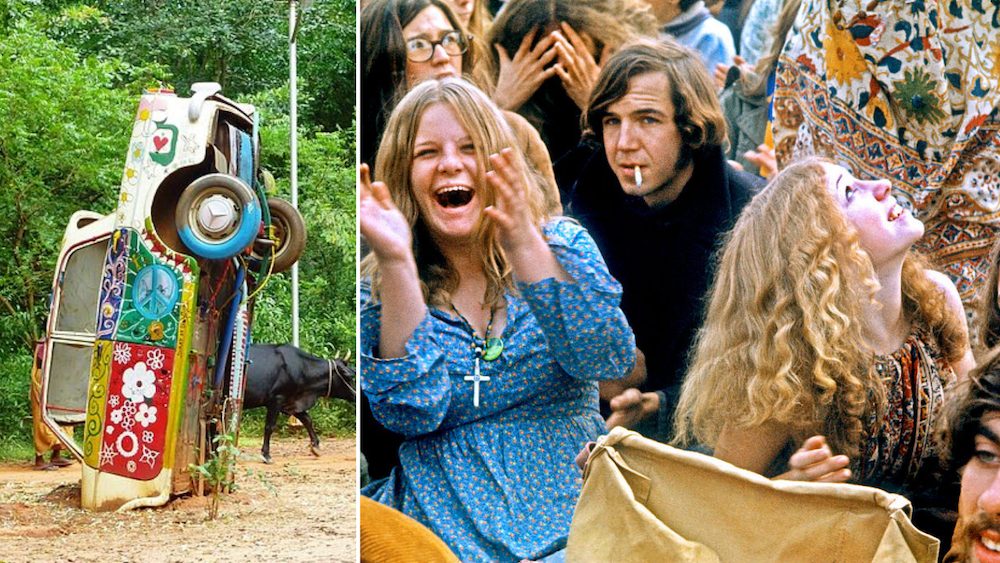The hippie counterculture of the 1960s was a period of anti-establishment sentiment. Many young people were moving away from the constraints of Western society and searching for something more. Many traveled in search of self-enlightenment and found it on the Hippie Trail. As the movement faded away, so too did the destination’s appeal.
The Hippie Trail
The Hippie Trail was the perfect solution for those looking to escape Western ideals. Spanning through Europe and into southern Asia, it navigated its way through Istanbul and Tehran, all the way to Delhi and Kathmandu. It was the perfect vacation for those who had dropped out of school, were unemployed, and looking to find themselves.
There were two routes one could travel. The most popular extended to the north and passed through Tehran, Herat, Kandahar, and Kabul, among other countries, before extending into India and Southeast Asia. The secondary route diverted from the main path in Istanbul, taking travelers through Turkey, Syria, and Iran. Once in India, the option was there to move on to Sri Lanka, Thailand, and even Australia.
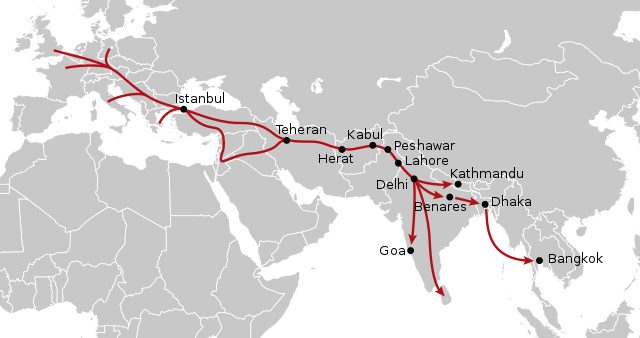
The Hippie Trail was a cheap way to travel. Many opted to start their journeys in cities like London and Paris with just a backpack and a few treasured belongings. From there, they’d travel in any number of cost-effective ways: hitchhiking, on foot, in custom vans, via bus, and by train. The majority never knew their end destination and would often lodge in cheap hotels and hostels.
The counterculture’s fascination with Eastern ideas and philosophies helped drive the popularity of the Hippie Trail. It was something locals too began to take advantage of, with many choosing to operate low-cost hotels and bus fleets that would appeal to the hippies traveling through the area. Even religious leaders decided to become specialists in the transcendental awakening of foreigners.
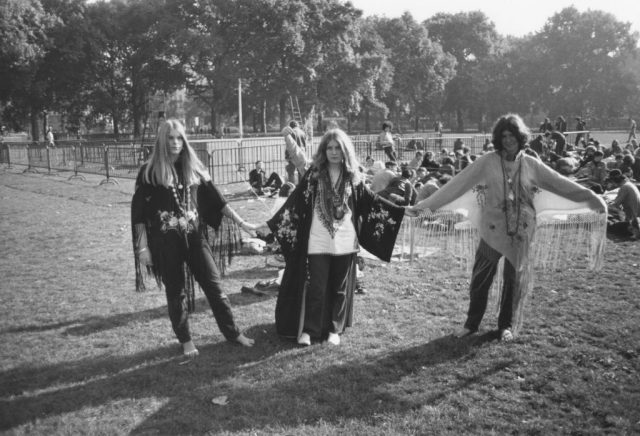
Due to their desire for self-actualization, many of these young people actively interacted with locals. They enjoyed engaging with and experiencing different cultures on their own terms, without a tour guide or set schedule.
The decline and fall of the Hippie Trail
It’s estimated that hundreds of thousands traveled the Hippie Trail between 1961 and 1979. While once a bustling, popular travel destination, it began to experience a decline during the 1970s, the cause of which is down to a number of factors.

A primary reason surrounded the decline of the hippie movement in the U.S. The country’s economy was beginning to slow, forcing many to return to the workforce, where they had to maintain an image counter to their previous lifestyles.
Their image also began to be viewed negatively by those who lived in cities along the trail. Many began to grow fearful of how unkempt the young people were, and many frowned upon their love for the region’s opium and wild cannabis plants.
Unrest in the Middle East
Another reason for the decline of the HIppie Trail relates to the unrest occurring in the Middle East. Numerous conflicts broke out in the region, meaning the trail became unsafe for those traveling along it. This was particularly evident with the outbreak of the Lebanese Civil War in 1975, which only exacerbated the issues Western tourists faced due to the Yom Kippur War in 1973.
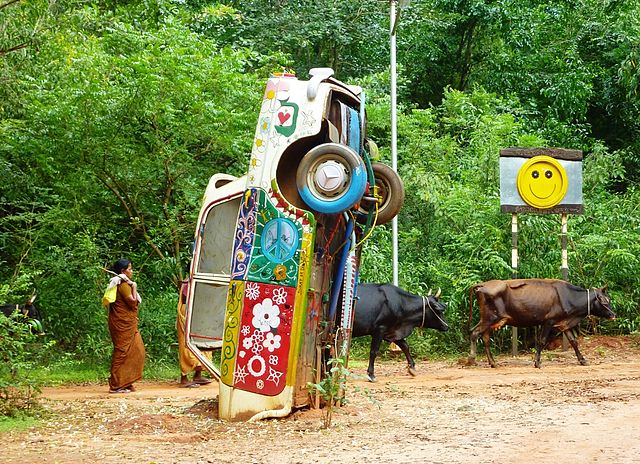
The Iranian Revolution and the Soviet invasion of Afghanistan toward the end of the 1970s were the nails in the coffin for the Hippie Trail. They cut off access to a large portion of the route, and many viewed the once-hospitable countries as inherently dangerous. There were few who risked the journey, fearing death.
Gas prices soar
A factor many haven’t taken into consideration when discussing the Hippie Trail’s decline is the oil crisis the world experienced throughout the 1970s. Both perceived and real, depending on the region, it was largely spurred by the consumption of foreign oil by America and Western Europe, which was interrupted by the ongoing unrest in the Middle East.
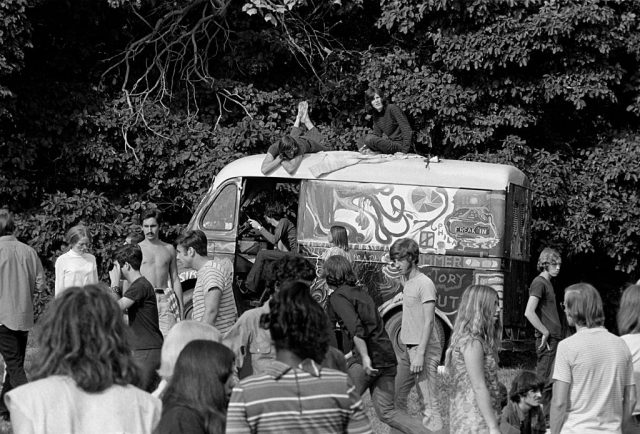
The worst of these crises occurred in 1973 and 1979. The former sparked the 1973–75 recession, which affected the majority of the Western world and put an end to the post-World War II economic expansion many countries were experiencing.
Decisions by the Organization of the Petroleum Exporting Countries (OPEC) and the Organization of Arab Petroleum Exporting Countries (OAPEC) led to fuel shortages and price hikes throughout the decade. While heavily enforced in the U.S., guidelines were more sporadic in Europe, with most countries opting to handle the situation in their own way.
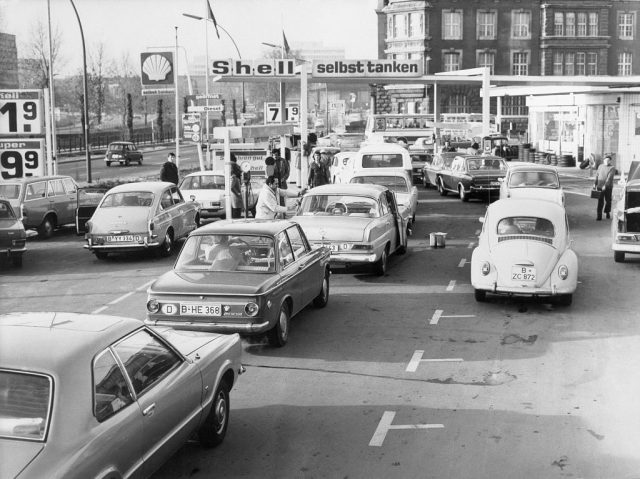
More from us: Do You Believe In Life After Love? The Tragic Love Story Of Sonny And Cher
Gas rationing was a reality in many countries, as were restrictions on when citizens could and couldn’t drive. Speed limits were also reduced to curb the consumption of gas. Despite these efforts, the price of gas at the pumps dramatically increased across Europe and the U.S.
The resulting price increases and restrictions made travel less appealing to those who once felt the urge to travel the world, especially when that meant a long road trip across two continents. While there were certainly other factors in the decline of the Hippie Trail, rising gas prices might have been the last nail in its coffin.
